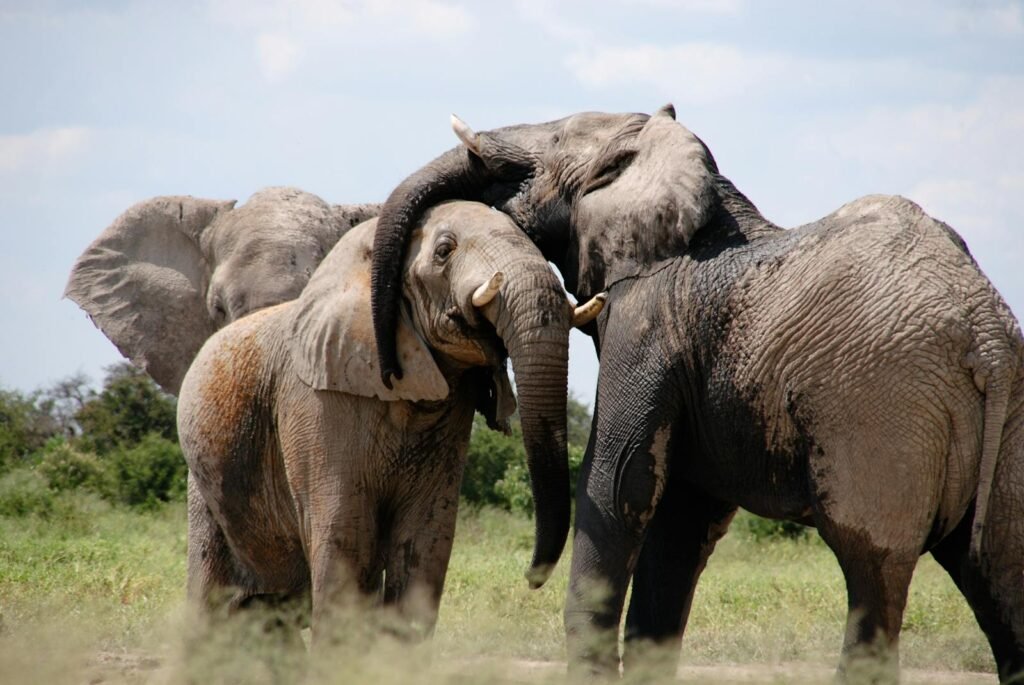When an elephant mother requires support, she does not have to look far. In the close-knit society of elephant herds, aunties, sisters, and even teenage “nannies” come to babysit, educate, and guard calves, a phenomenon that scientists refer to as allomothering.
This co-operative system of childcare isn’t a one-in-a-million display of compassion, it’s the foundation upon which elephant life hinges. Whether directing lost calves back home, fashioning defense perimeters out of elephants, or building emergency ramps out of soil, allomothers play a key role in bringing on the next generation. And with every discovery into this behavior, the following becomes plain: society within the elephants depends on teamwork.
The Case of the Missing Elephant and Her Unexpected Return
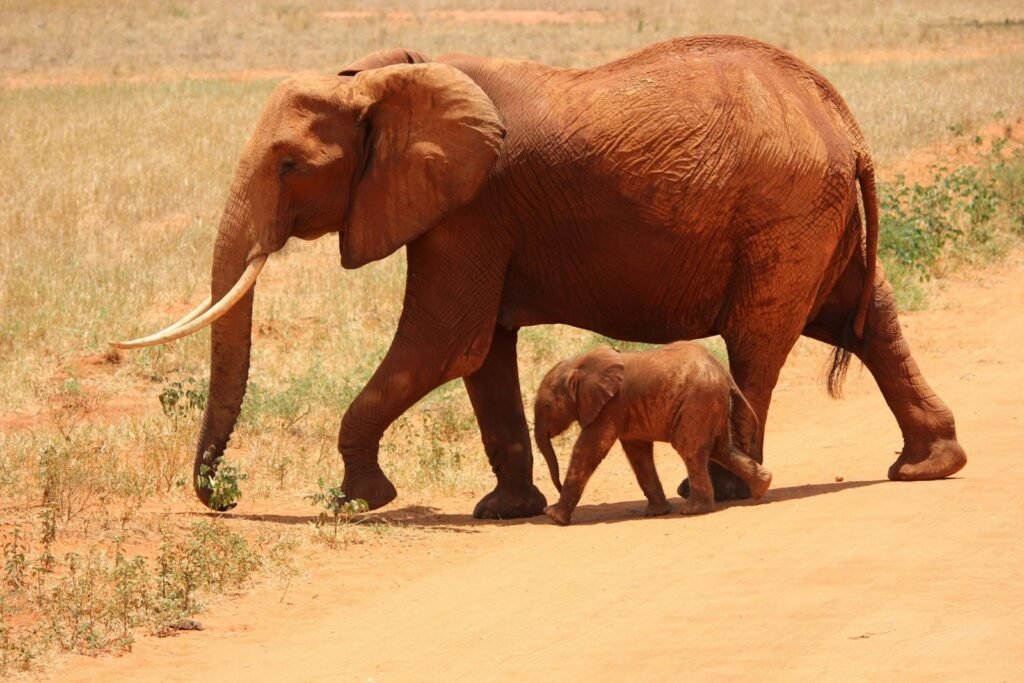
In December 2023, researchers in Kenya’s Samburu National Reserve noticed something unusual. A 10-year-old African elephant had vanished from her herd only to reappear a month later with two unrelated females in tow. One of them, just 10 years old herself, was nursing a newborn calf.
What happened next stunned scientists. The returning elephant didn’t just rejoin the group she became a nanny.
“She stepped into a caregiver role, helping the inexperienced young mother raise her calf,” says Giacomo D’Ammando, research manager for Save the Elephants. This wasn’t just a random act; it was a calculated survival strategy.
Who Are Elephant Allomothers?

Allomothers females who care for calves that aren’t their own are everywhere in elephant society. They comfort, teach, and even discipline young elephants, giving mothers much-needed breaks.
“They’re essentially nannies, and they’re all over elephant society,” says Shifra Goldenberg, a population sustainability scientist at the San Diego Zoo Wildlife Alliance.
But who takes on this role? Surprisingly, it’s often teenagers.
- Most allomothers are under 15 years old and have never given birth.
- They’re drawn to babies, spending hours playing and bonding with them.
- Older females (like grandmothers and aunts) also help, but younger elephants are the most enthusiastic caregivers.
“It’s like a babysitting club,” Goldenberg explains. “They gain parenting experience, and moms get extra protection for their calves.”
How Elephant Nannies Save Lives
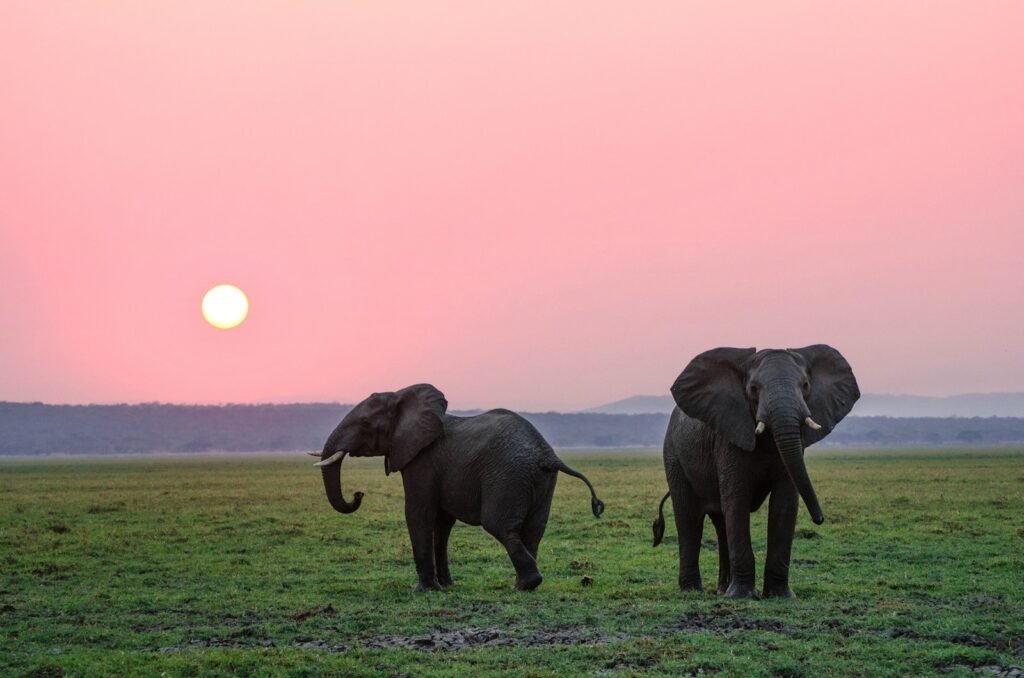
Allomothers don’t just play with babies they save them.
When a calf is in distress, nannies rush in. They:
- Touch and soothe panicking calves with their trunks.
- Rescue babies stuck in mud or struggling to walk.
- Form defensive circles during threats (like predators or earthquakes).
A viral video from April 2024 captured this perfectly. When a 5.2-magnitude earthquake struck the San Diego Zoo Safari Park, three older females immediately huddled around two calves, shielding them from harm.
“Survival strategy is key,” says Mindy Albright, the park’s mammal curator. “Any sign of danger, and the herd forms a protective circle of calves in the center, adults on guard.”
But the most touching detail? When one calf hesitated, its nanny gently tapped its face and back, urging it into safety.
Why Do Young Elephants Become Nannies?
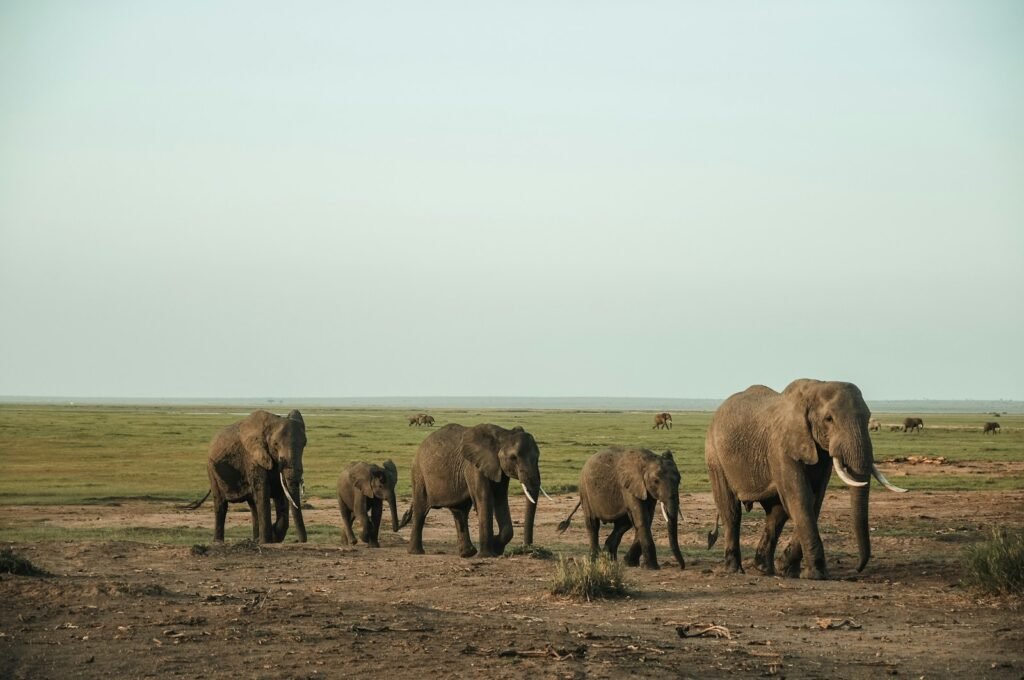
For young females, allomothering isn’t just altruistic, it’s practice.
- They learn parenting skills before having their own calves.
- They strengthen social bonds, ensuring future support.
- They gain status within the herd by proving their caregiving abilities.
“It’s like an apprenticeship,” says Goldenberg. “By the time they have their own babies, they’re already experts.”
The Strange Phenomenon of Allosuckling
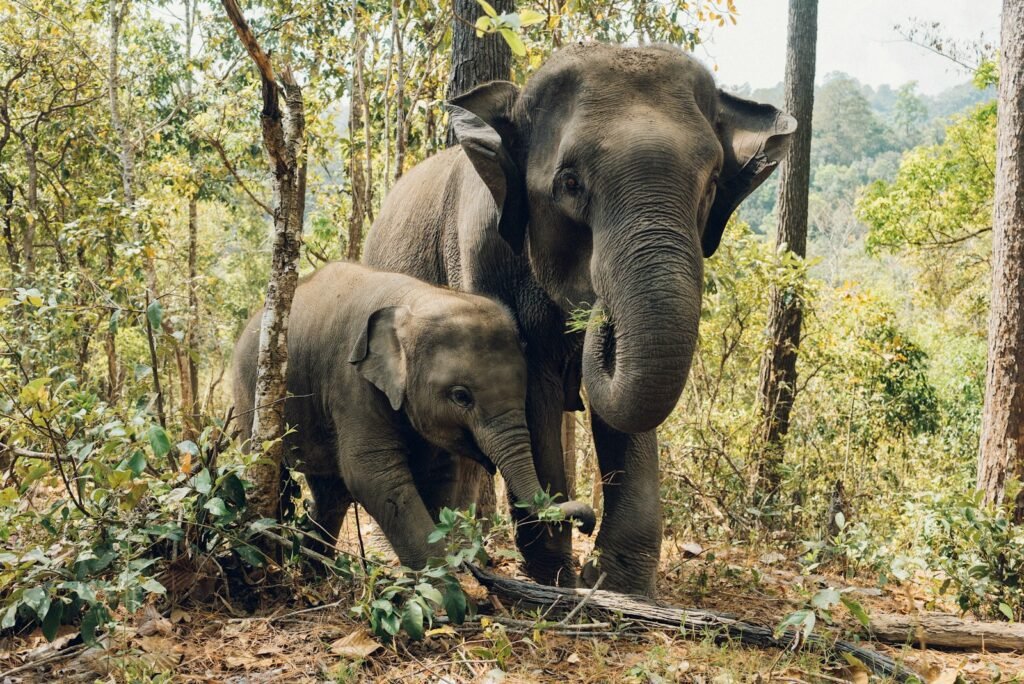
Elephants take childcare a step further with allosuckling where calves nurse from non-mothers for comfort (not nutrition).
At the San Diego Zoo Safari Park, staff have seen young females guide calves to their nipples, even if they’re not lactating.
“They’re practicing,” says Albright. “It’s like they’re saying, ‘I can comfort you too.’”
Sleepovers and Babysitting Shifts
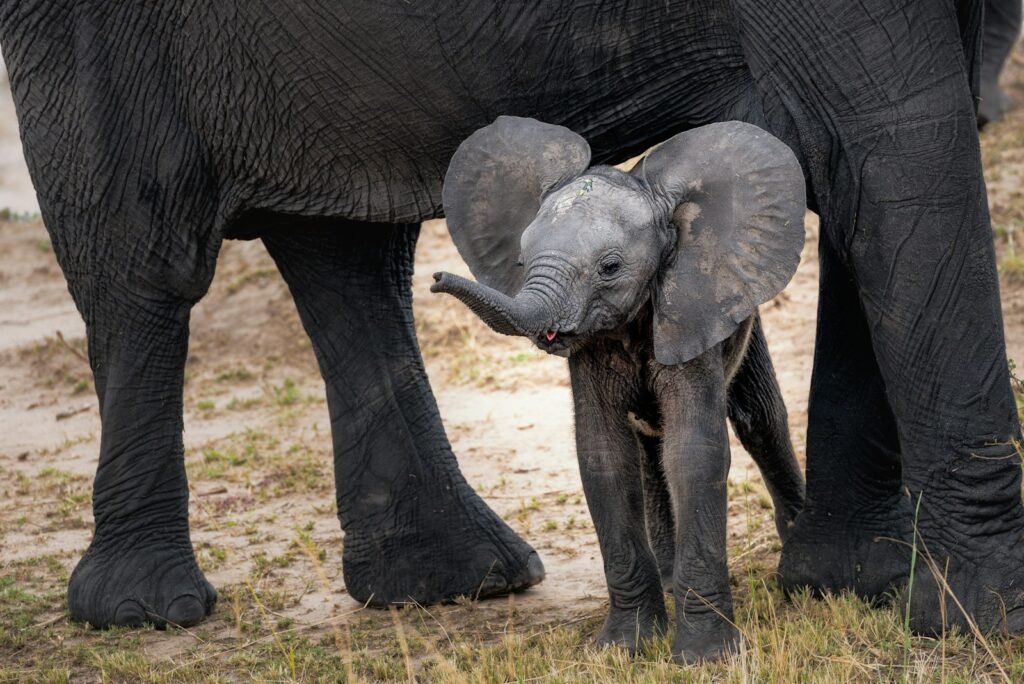
Elephant moms occasionally get a night off thanks to allomother sleepovers.
When a mother is foraging, tired calves often curl up with nannies, forming giant, cuddly piles.
“The juveniles take care of the babies while moms eat,” Albright says. “It’s really cute.”
What This Means for Elephant Survival
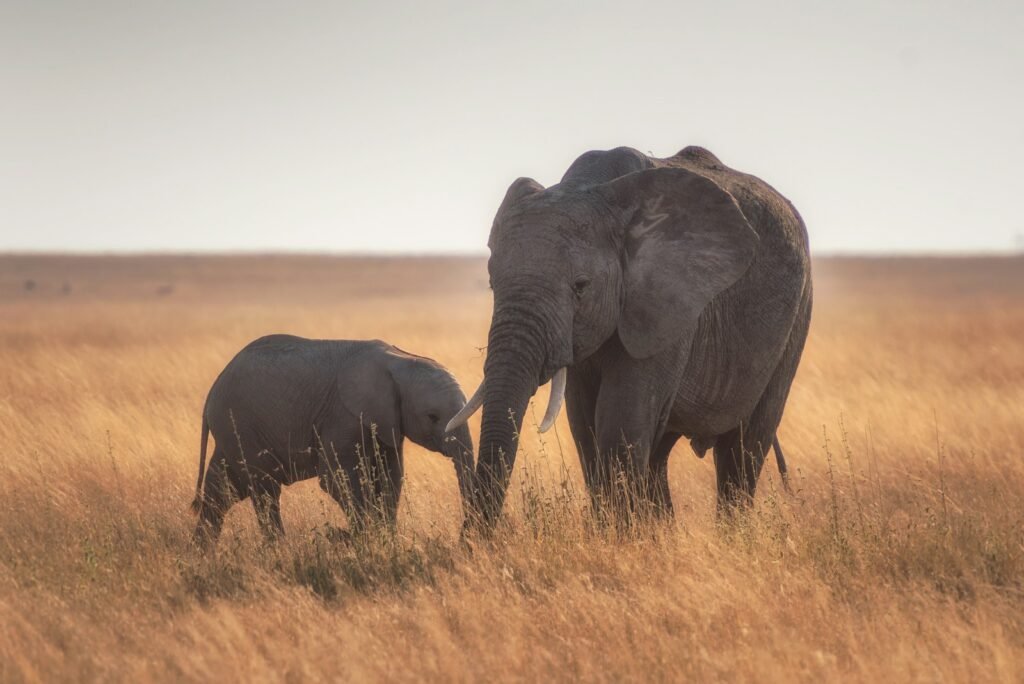
Allomothering isn’t just heartwarming, it’s evolutionarily brilliant.
- Stronger herds: More caregivers mean higher calf survival rates.
- Social learning: Calves absorb knowledge from multiple adults.
- Resilience: Even if a mother dies, the herd ensures her calf thrives.
In a world where elephants face habitat loss and poaching, this cooperative system is more crucial than ever.
As D’Ammando puts it: “Elephants don’t raise babies alone they do it as a village.”
And if that’s not a lesson for humans, what is?
Sources:

Jan loves Wildlife and Animals and is one of the founders of Animals Around The Globe. He holds an MSc in Finance & Economics and is a passionate PADI Open Water Diver. His favorite animals are Mountain Gorillas, Tigers, and Great White Sharks. He lived in South Africa, Germany, the USA, Ireland, Italy, China, and Australia. Before AATG, Jan worked for Google, Axel Springer, BMW and others.

